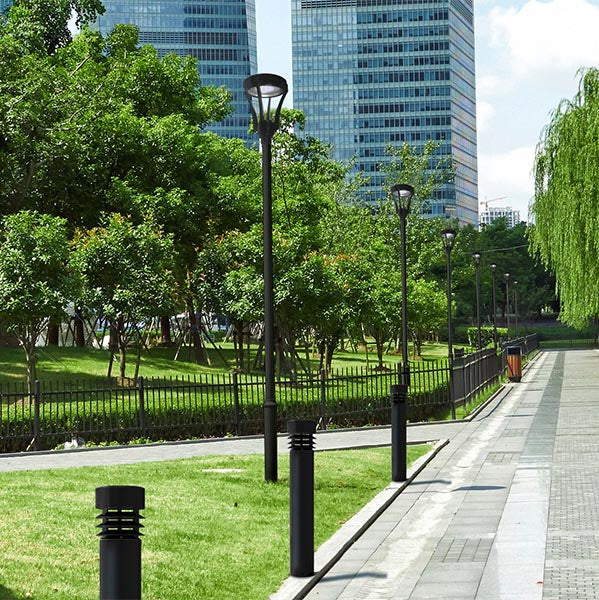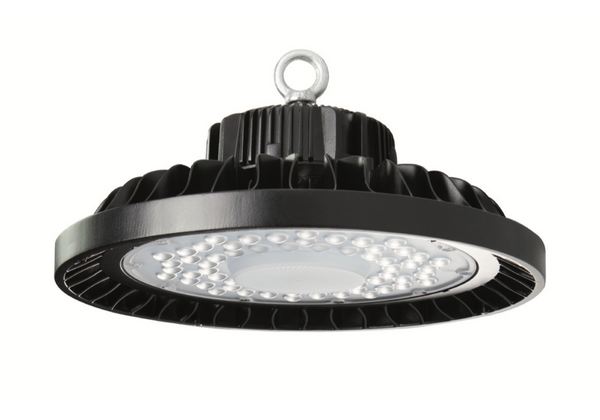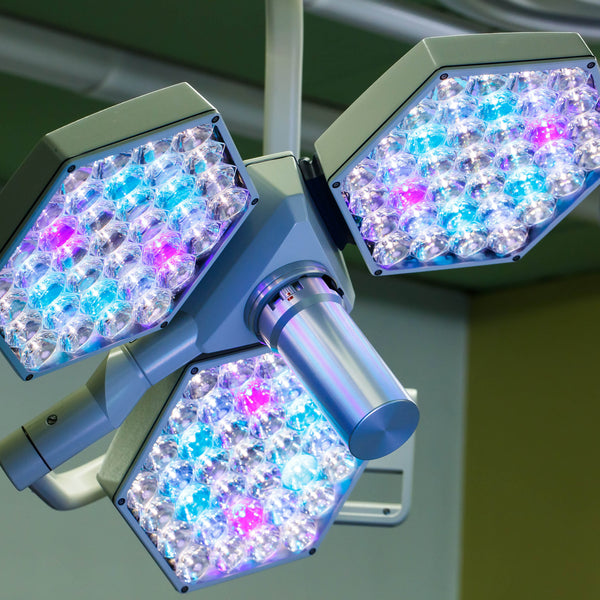How to Create Effective Landscape Lighting

If you’ve put in a lot of effort in making your park or urban project look great, you should feel proud when the compliments pour in. The outdoors of an office park is as important in completing the looks, as is your interiors. And even if you have a really well planned outdoor, you would want it to shine after the sun goes down, won’t you?
Landscape lighting can help bring out the best out of your outdoors when there’s no more sunlight. The main reasons to consider low voltage lighting on your property apart from making your outdoors looking swanky is safety and security. The ability of LED to mimic traditional warm white light, in addition to being economical and consume lower power has made it a default choice in the low voltage lighting industry. It also doesn’t require a lot of maintenance over a long period of time. Quality should be an important consideration when choosing your landscape lighting fixtures, as you are investing in an asset you want to last for a long time.
How to plan landscape lighting?
Lighting should be planned, depending on the elements of the landscape which are already present. It should be carefully thought out because it would reflect your individual style. If you want to highlight specific features of the facade of your home, or you want a cool patio, a garden that others should be envious of, or specific trees that you want to highlight, there are a number of choices. A landscape architect can guide you best by visiting, taking measurements and planning it out professionally. In case you want to do it yourself, here are some tips on landscape lighting designs.
If you want to highlight trees, it can generally be done in two ways. One is up lighting (have lights on the ground to shine upwards) make sure you bathe the trunk also. Another way is lighting on top of the tree so that it shines down like moonlighting without any crisscross. The kind of lighting you use will depend on their skeletal structure or branch structure of the tree.
If there is a waterfall which is want to make a focal point, you can choose to do so with a flood, bullet of wash light. And if there’s a pond and a tree around you could use a downlight from over the tree to make the whole area light up. Use crisscross patterns from 2 or more lights to eliminate shadows on the focal point.
For arbors that have plants growing over them(full of foliage), you can fix lights at the grade level that are shooting upwards. While arbors with no foliage can be lighted from the top facing down.
To highlight architectural details of your house, bullets placed at lower angles are perfect. You could also place them close to the edges around the house.
Paths and planting beds are best showcased with a canopy on the post top. This helps to shine the light downwards.
How far apart should you place landscape lights?
This factor depends on what kind of space you are trying to light as well as the elements. For example, if you are going to showcase a garden, place fixtures about 20 ft apart. There’s no need for continuous light here, just enough to guide you.
And in case of pathway lighting, you’d want landscape lighting fixtures no more than 6 to 8 ft apart. You could space them even more if you have any overhead fixtures in the area. Check out our collection of down lights here.
Though it's not difficult to do it yourself, you should consider hiring an electrical contractor if you do not have a 20 amp Ground-Fault Circuit Interrupters (GFCI) to plug in your transformer.
To get the maximum out of your investment in landscape lighting you should take care of your landscape lighting. Things to keep in mind to ensure a long life for your outdoor lighting fixtures:
- Clean the lights and their fixtures. It’s normal for the fixtures to get dirty as they are exposed to the elements all year long. Use a glass cleaner to wipe down the transparent or translucent lenses. Clean cobwebs or dirt that might be on the enclosure with a damp cloth. Make sure to switch off the power before you start cleaning.
- If there’s non-uniform brightness, the issue could be wiring or the bulbs. If you have older bulbs you could swap them out with LED. If the brightness is still an issue, make sure the wiring is not daisy chained.



